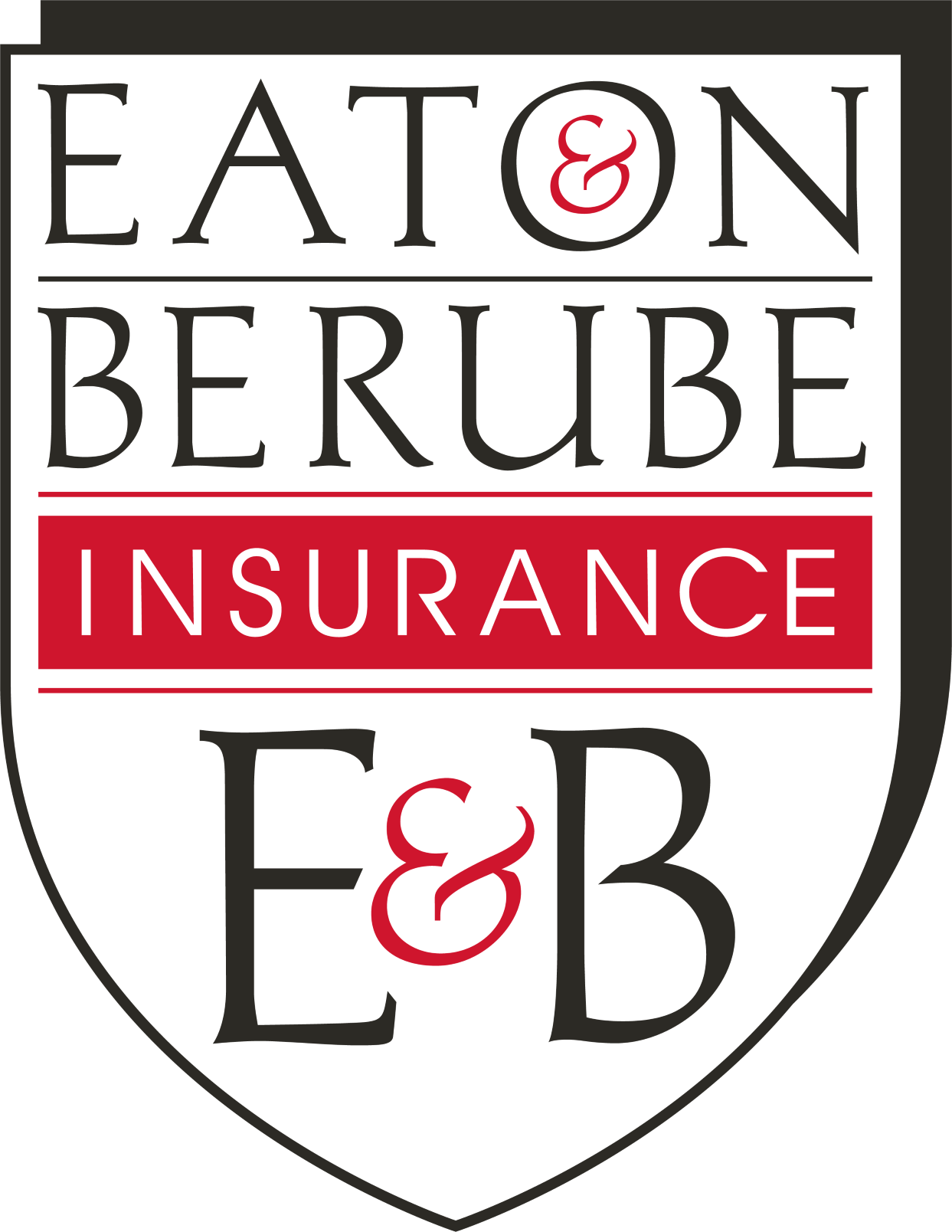According to the Federal Emergency Management Agency, 40 percent of businesses never reopen after a disaster. Implementing steps to prepare for and respond to disasters can help to reduce loss and prevent this catastrophic outcome. In order to protect your business from unavoidable interruptions, it is recommended that you have a plan in place that serves the following purposes:
- Protect employees and personnel
- Prevent environmental contamination
- Protect revenue, assets and information
- Prevent loss and to contain loss that occurs
- Protect your reputation
How to Minimize Business Interruptions
Take the following six steps to help minimize business interruptions:
1. Determine the Risk
 When determining the potential risks for business interruptions, consider both environmental risks and human risks. Additionally, consider which risks are preventable and which are not.
When determining the potential risks for business interruptions, consider both environmental risks and human risks. Additionally, consider which risks are preventable and which are not.
Once the risks are identified, you can begin to understand all elements involved, such as the hazard itself, the assets at risk, vulnerability to the risk and the ultimate impact of the risk. In order to be best prepared, rank each risk according to the likelihood of occurrence and the severity of impact.
2. Calculate the Cost of Interruptions
After the risks have been ranked, analyze the impact of each risk. In calculating cost containment, the following should be considered:
- Lost sales or income
- Increased expenses
- Regulatory fines or contractual penalties
- Delay of business
3. Understand Your Insurance Coverage
Review your insurance coverage; business interruption insurance generally comes into effect in the case of one of three circumstances:
- Physical damage to the premises that cause suspended operations.
- Damage to property that is covered by the insurance policy and prevents customers or employees from accessing the business.
- The government closes an area due to property damage that is covered by the insurance policy and prevents the customers or employees from accessing the business.
Since business interruption coverage can differ significantly, it is important to understand the policy terms, such as exclusions, coverage limits and waiting periods. Coverage is provided for lost net income only for the duration of regaining operation.
4. Implement Steps for Prevention and Mitigation
There are three different approaches for controlling and containing potential hazards:
- Prevention: This method identifies preventable hazards and implements steps to avoid occurrence of the hazards.
- Deterrence: This method identifies potential criminal activities that create business hazards. Steps are taken to prevent the criminal activities.
- Mitigation: This method identifies hazards that cannot be prevented. Steps are taken to control and contain the hazards in case of an occurrence.
5. Create a Crisis Communication Plan
Create a crisis communication plan to provide employees and customers with updates and critical information. The communication plan should include:
- Chain of command: A chain of command allows for information to be shared efficiently and ensures that all personnel receive information.
- Pre-scripted messages: Eliminate confusion by pre-scripting messages that will be shared with customers, employees and the public.
- Bi-directional communication network: Allow for communication to occur in multiple directions in order to efficiently pass information.
6. Prepare an Emergency Plan
An emergency plan should be prepared and in place before a hazard occurs. The plan should be practiced and reviewed to ensure its effectiveness. Be sure it includes the following elements:
- IT and data recovery: Implement a data backup program to protect and recover important and sensitive information. Create a technology policy that assists in preventing data leaks in the case of telecommuting employees.
- Contracts: Pre-arrange written contracts with other businesses and external suppliers in order to continue fulfilling commitments to customers.
- Resources: Prepare an inventory of resources that are essential to regaining the ability to operate as a business.
- Test: Run a test of the plan to ensure its success.
By taking these six steps, it is possible to minimize and limit the impact of potential hazards. At Eaton & Berube, the protection of your business is our priority. In order to be completely prepared, contact us today at 603-882-2766 for assistance reviewing and updating your emergency plan.
For additional disaster preparedness tips and other useful resources, please subscribe to our blog or contact us.
